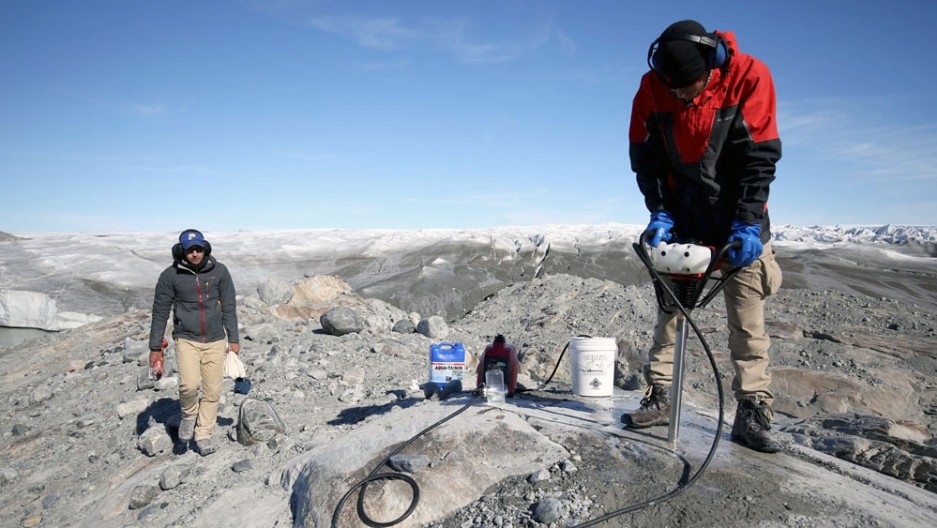Joerg Schaefer, a Center for Climate and Life Fellow and geochemist at Lamont-Doherty Earth Observatory, was interviewed by PRI’s “The World” about his research on the instability of Greenland’s massive ice sheet.
A 2016 study led by Schaefer and published in Nature found the ice sheet melted to bedrock at least once in the last million years or so. The finding suggests the ice sheet is more vulnerable than previously thought and may be prone to melting again.
“It’s the first data ever that keeps me awake at night at times because it is so alarming,” Schaefer told PRI.
Schaefer and his collaborator, Lamont geochemist Gisela Winckler, received funding from the Center for Climate and Life to further evaluate the past variability of the Greenland ice sheet to improve future sea level predictions and explore the impacts of rising sea levels on life and society.
Listen to the entire three-part PRI series here.

